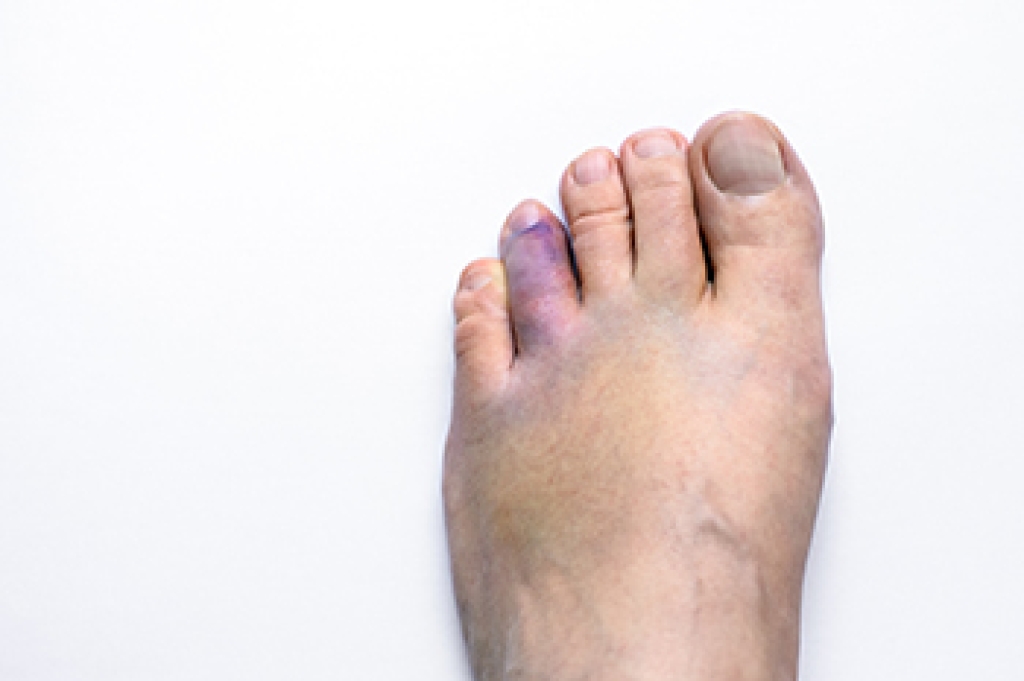
A Jones fracture refers to a break or crack in the fifth metatarsal bone, located on the outer side of the foot near the ankle. Symptoms typically include pain, swelling, bruising, tenderness on the outer part of the foot, and difficulty walking. Diagnosis usually involves a visit to a podiatrist, who will perform a physical examination, review the symptoms, and take a detailed medical history. To confirm the fracture, imaging tests like X-rays are commonly used. Treatment options depend on the severity of the fracture. For minor cases, rest, mild pain relievers, and possibly a cast or splint may be recommended. Crutches could also be necessary to help avoid putting weight on the affected foot. In more severe cases, surgery may be required to properly heal the bone. Full recovery can take several months, so it is important to allow enough time for the bone to heal completely to prevent further injury. If you suspect you have a Jones fracture, it is suggested that you consult a podiatrist for an accurate diagnosis and personalized treatment plan.
A broken foot requires immediate medical attention and treatment. If you need your feet checked, contact Vincent, Vess from Fourth River Foot & Ankle. Our doctor can provide the care you need to keep you pain-free and on your feet.
Broken Foot Causes, Symptoms, and Treatment
A broken foot is caused by one of the bones in the foot typically breaking when bended, crushed, or stretched beyond its natural capabilities. Usually the location of the fracture indicates how the break occurred, whether it was through an object, fall, or any other type of injury.
Common Symptoms of Broken Feet:
- Bruising
- Pain
- Redness
- Swelling
- Blue in color
- Numbness
- Cold
- Misshapen
- Cuts
- Deformities
Those that suspect they have a broken foot shoot seek urgent medical attention where a medical professional could diagnose the severity.
Treatment for broken bones varies depending on the cause, severity and location. Some will require the use of splints, casts or crutches while others could even involve surgery to repair the broken bones. Personal care includes the use of ice and keeping the foot stabilized and elevated.
If you have any questions, please feel free to contact our offices located in Pittsburgh, White Oak, and McKeesport,PA . We offer the newest diagnostic and treatment technologies for all your foot care needs.



